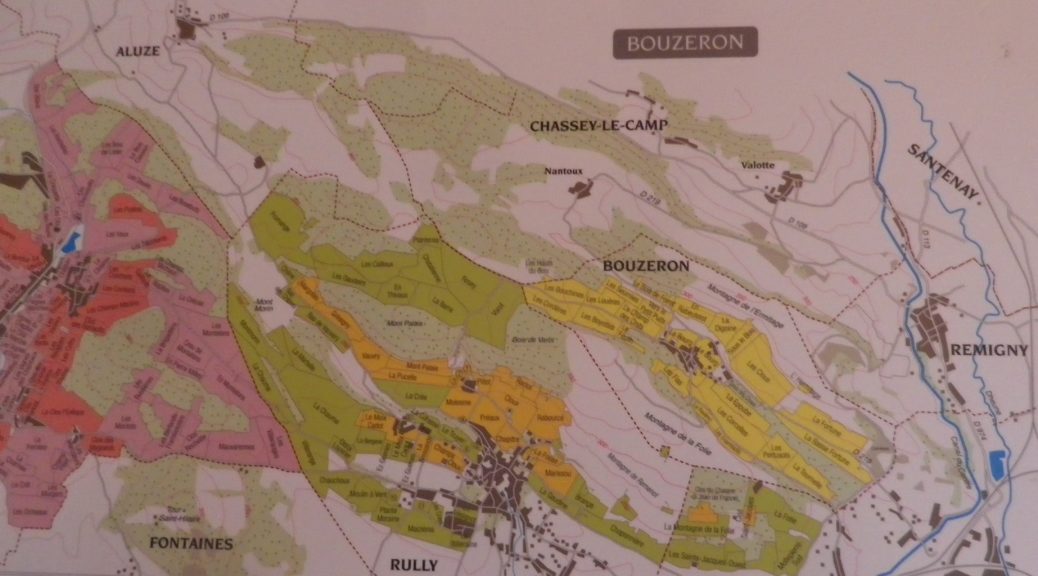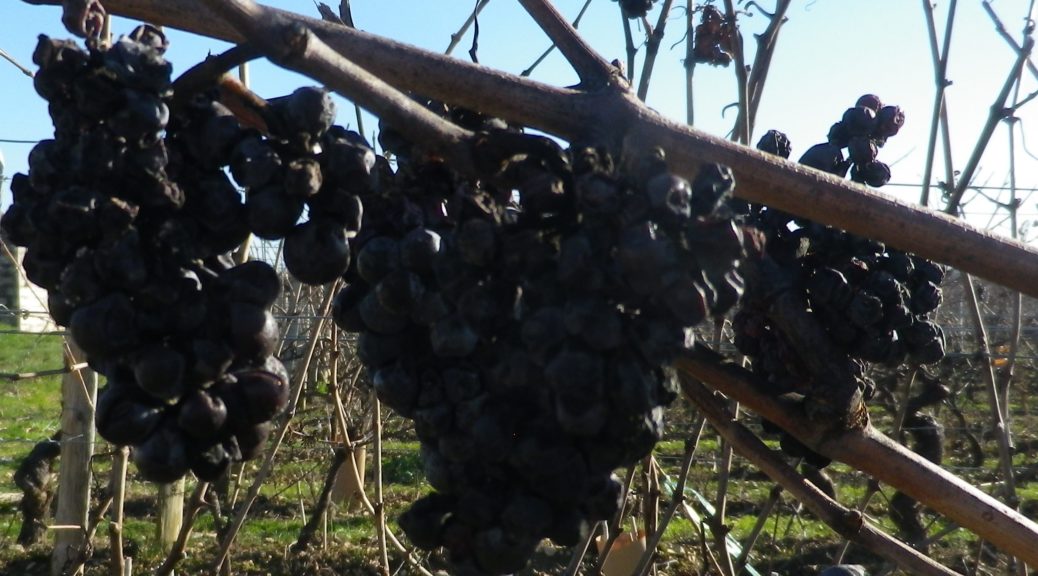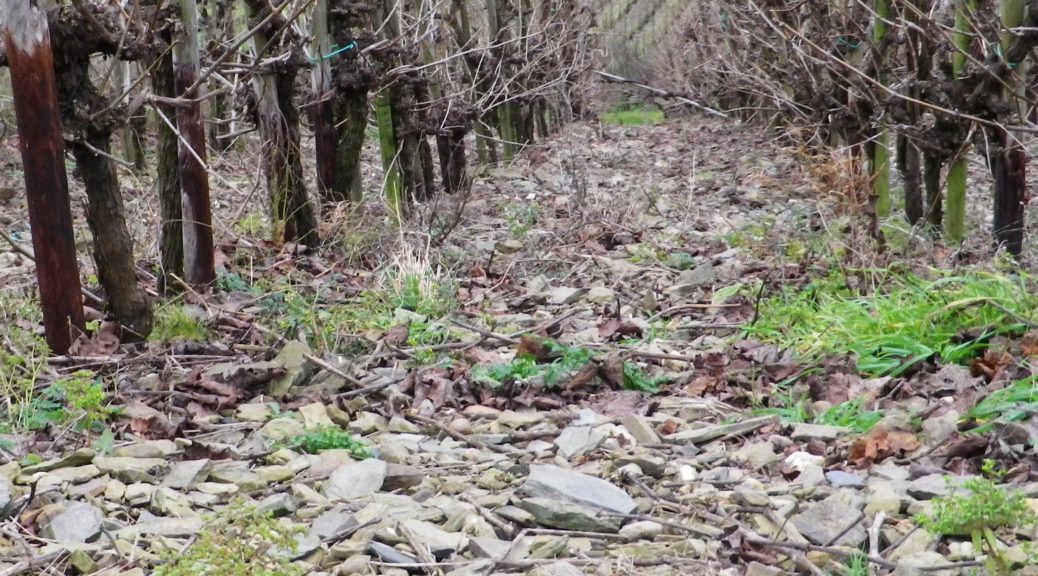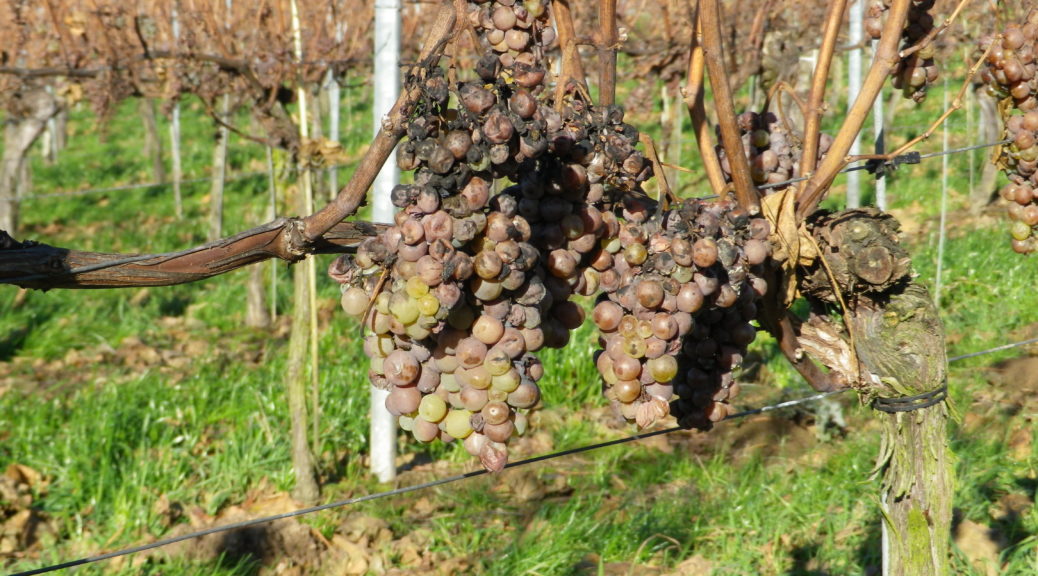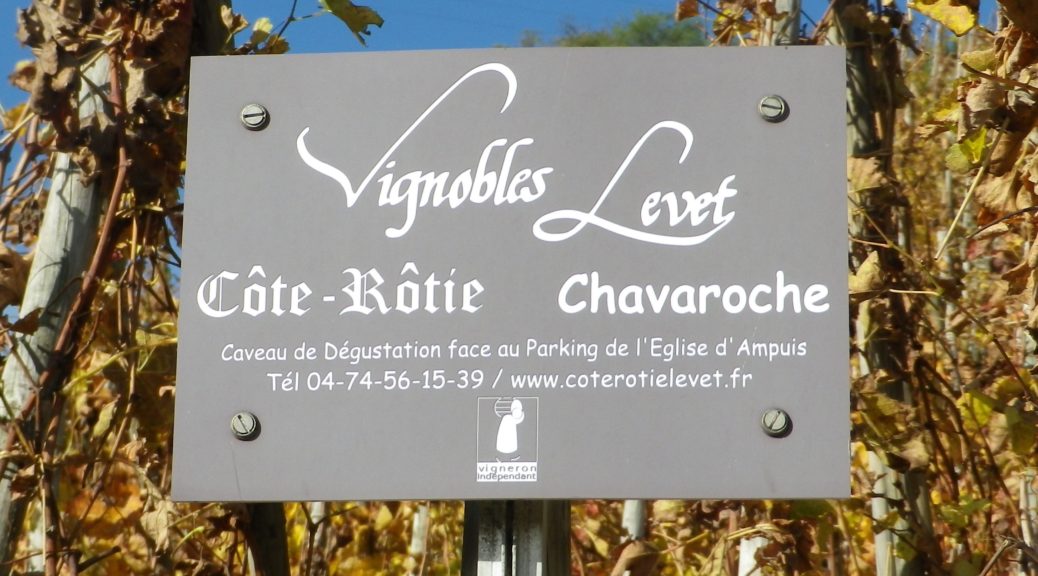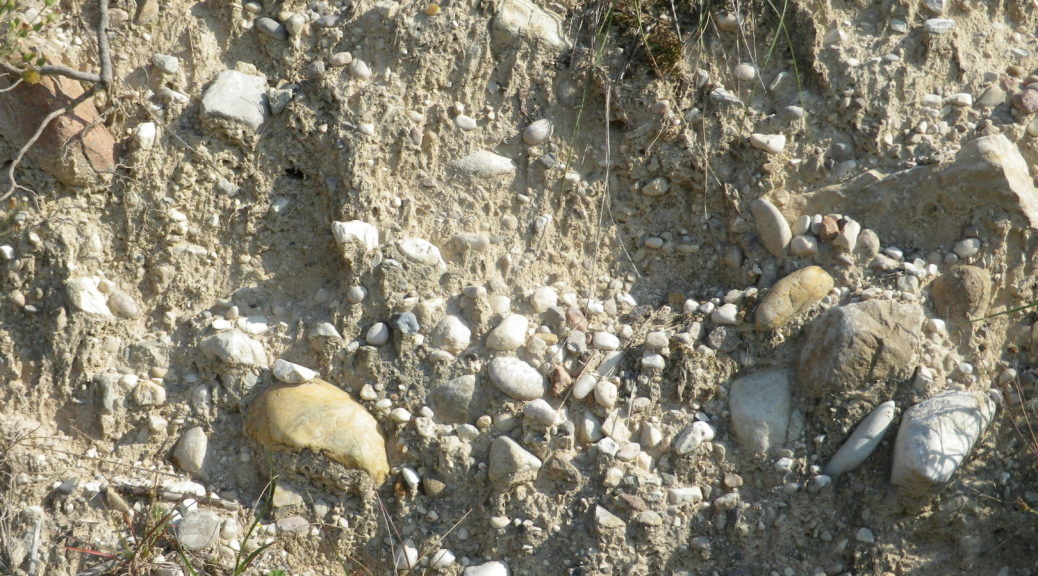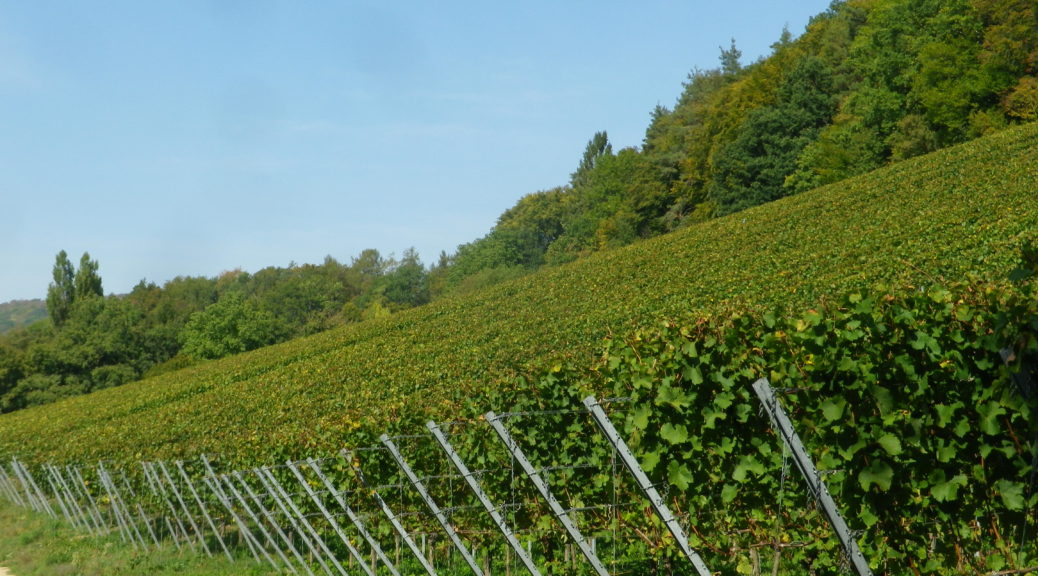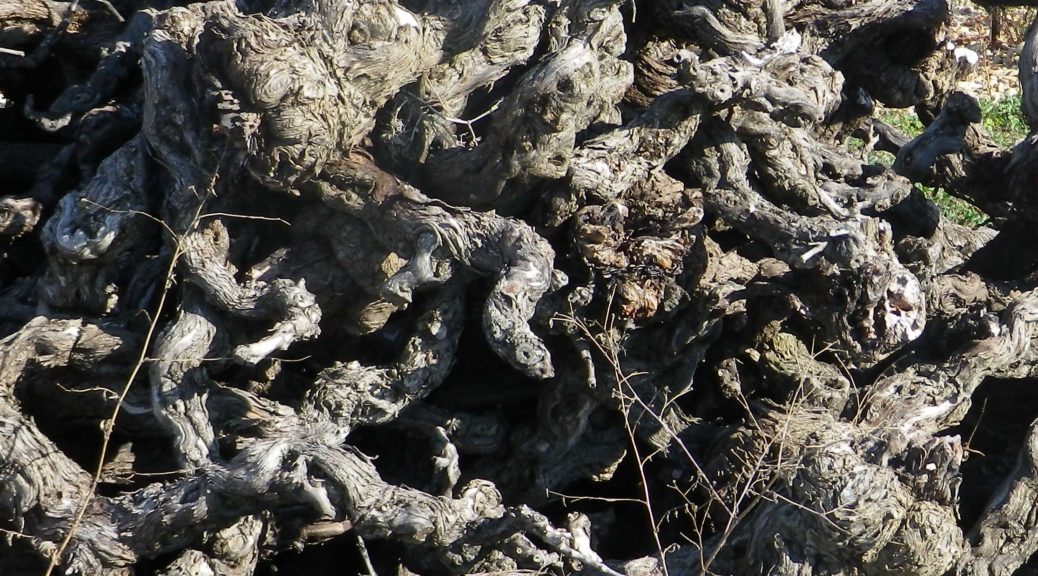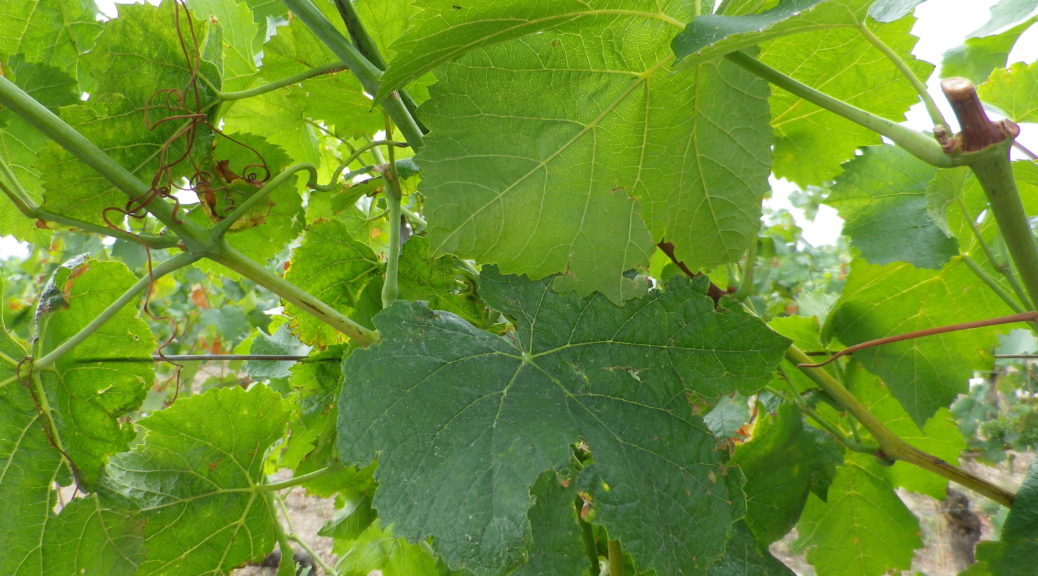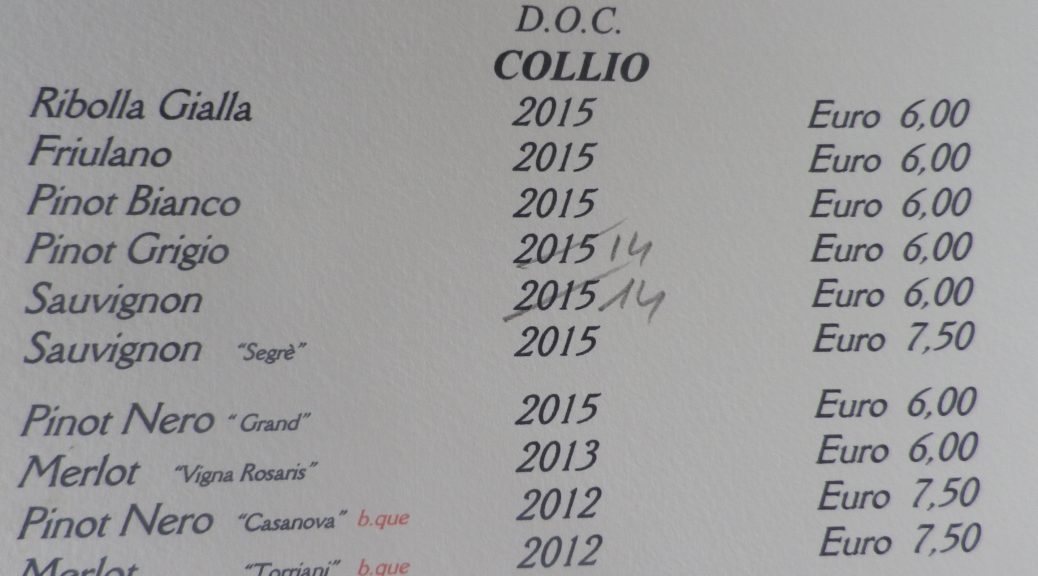What I Learned
Bouzeron is famed for its Aligoté wine. In fact, the small village holds the distinction of having the only village AOC in France dedicated to the Aligoté varietal, Appellation Bouzeron Controlee. The Aligoté grape and its wines tended be overlooked in the past, but made a comeback. Nowadays, they are often promoted as aperitive wines as their taste tends to be light, fruity and crisp.
Aligoté is a hybrid of the red/black Pinot Noir and the Gouais Blanc grapes. First mentions of this grape appeared in the late 1700s. Because it does well in cold grape-growing regions, it has recently been planted in Washington State, Chile and some Eastern European nations. As a flavor profile, Aligoté wines often have citrus, green apple, and white floral notes. This also makes them ideal for one of region’s most favored aperitive wines, the sparkling Cremant de Bourgogne, on its own or blended with Chardonnay. (In this case, the resulting sparkling wine could fall under the Appellation Cremant de Bourgogne).
